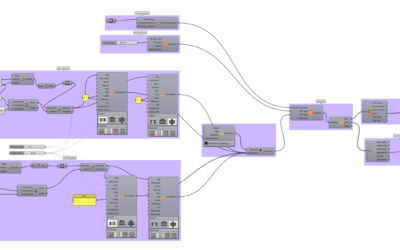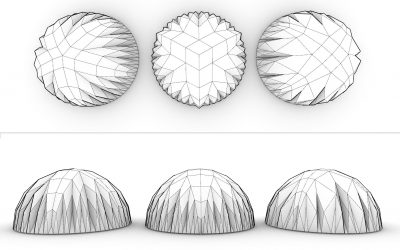Para 3d FEM
This add-on requires Para3d v5.0 or higher to be installed on 3ds MAX. A demo version is available for download from Autodesk App Store.
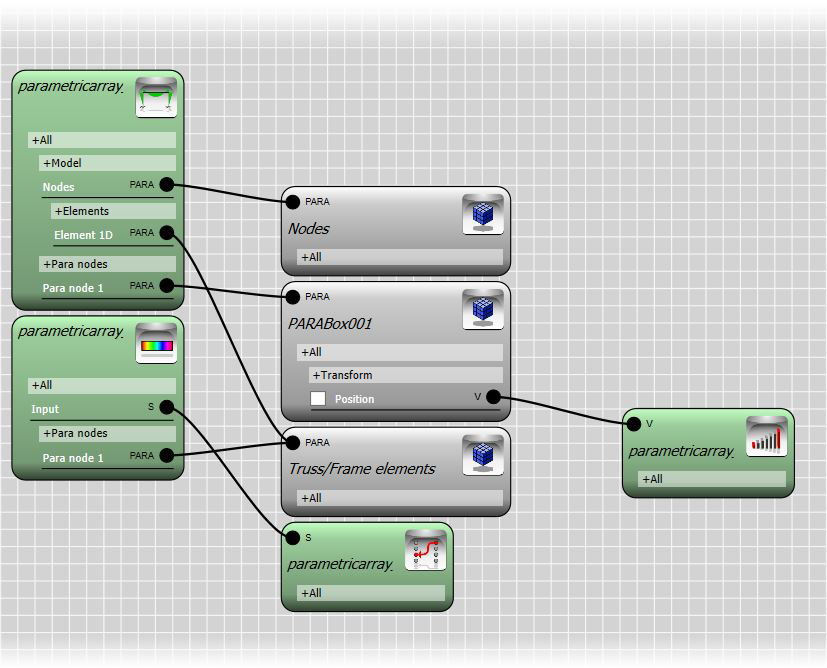
Installation
To install Para 3d FEM download the package from GitHub repository . The package contains two files “parametric_array_FEM_Solver.ms” and “fem_solver.jpg” and a folder named “Para3dFEM”
You may copy the folder anywhere on your hard disk but the max-script file (.ms) and the image must be placed under the following path :
<3ds max installtion folder>\\scripts\\Para3D\\addon
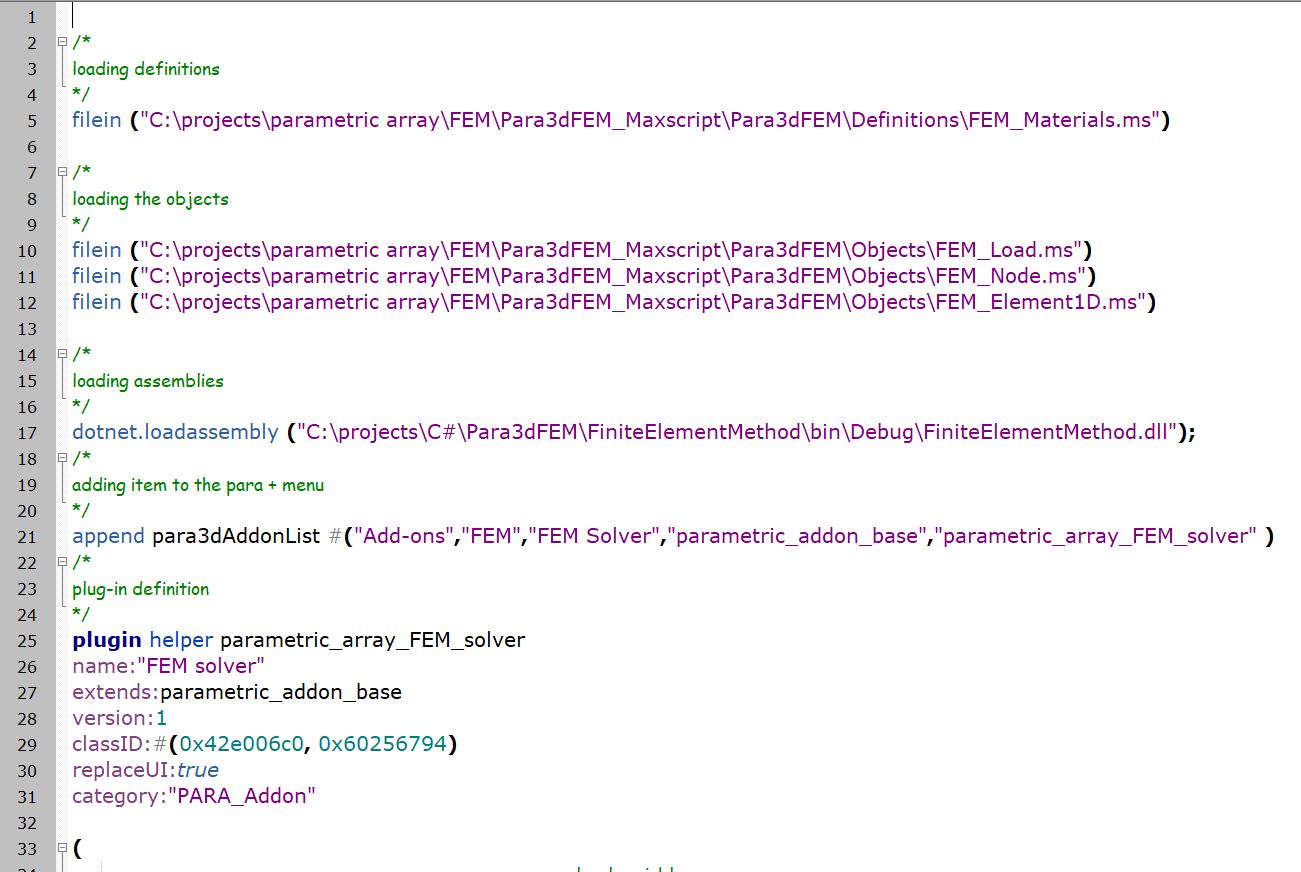
Note 2 : You may need to have administrative permission to copy files under your program files.
Note 3 : You may unblock the .dll files depending on your user administration settings. Read more here to see how you can unblock files in Windows 10.
After copying the max-script file in the destination you need to set the correct paths according to the location of “Para3dFEM” folder in lines 5, 10 to 12 and line 17 (see the image on the left)
Upon the next start of 3dsMAX and Para-3d you must see the
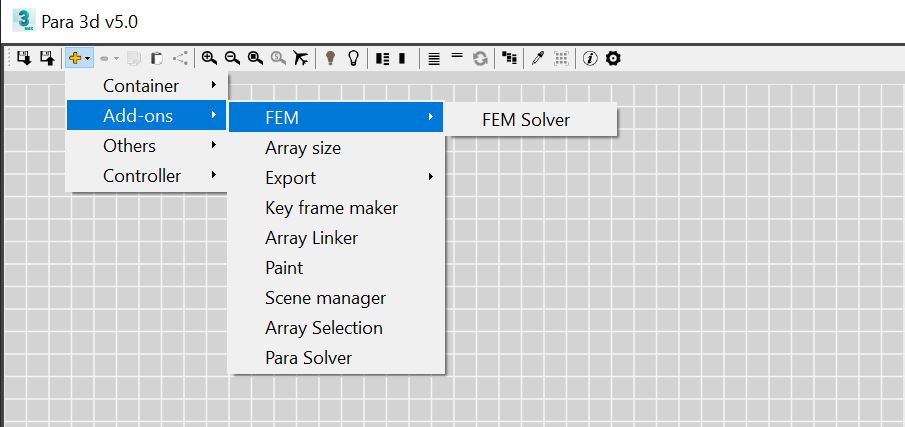

Features
Auto Generate Model
Parametric
Node base UI

Multi Solvers
Export to SAP
Free Updates
Open material library
easy Load assignment
predefined Cross sections
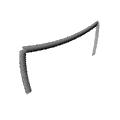
Simulate the deformation
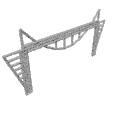
Display the internal loads
Tutorial (coming soon…)
Learn using Para3d FEM in 10 minutes ! stay tune by subscribing to our YouTube channel.
Download Now
This is an open source max-script plugin.
Please consider supporting us
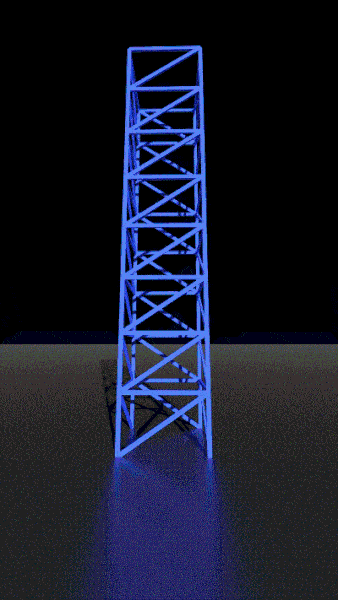
Latest News
Add feature to your joint in Biber 1.4.0.3
This example Grasshopper definition showcases the powerful functionality of the new “Add feature” component in Biber V1.4.0.3. By incorporating cam-lock screws into a butt joint, users can enhance the strength and stability of their designs while maintaining simplicity and efficiency in the assembly process.
Macaw plus V 3.0.0 is released
The Macaw plus is now compatible with Revit 2020,2021,2022 and 2023. Feel free to download the app from Autodesk App Stroe.
Dome with Planar Quads
Recently I was working on a project that involved using meshes with planar faces. In most cases we use normal meshes and the employ different techniques of mesh planarization. These techniques often use different optimization techniques such as forced base algorithm...


